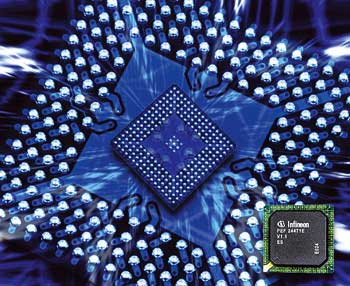 With the exploitation of new cost-effective operational concepts, use of digital technologies and increased dependence on cyber structures, the oil and gas industry is exposed to new sets of vulnerabilities and threats. Cyber-attacks have grown in stature and sophistication, making them more difficult to detect and defend against, and costing companies increasing sums of money to recover from.
With the exploitation of new cost-effective operational concepts, use of digital technologies and increased dependence on cyber structures, the oil and gas industry is exposed to new sets of vulnerabilities and threats. Cyber-attacks have grown in stature and sophistication, making them more difficult to detect and defend against, and costing companies increasing sums of money to recover from.
DNV GL has delivered a study to the Lysne Committee (Lysneutvalget1) that reveals the top ten most pressing cyber security vulnerabilities for companies operating offshore Norway.
An international DNV GL survey of 1,100 business professionals found that, although companies are actively managing their information security, just over half (58%) have adopted an ad hoc management strategy, with only 27% setting concrete goals2.
“Headline cyber security incidents are rare, but a lot of lesser attacks go undetected or unreported as many organizations do not know that someone has broken into their systems. The first line of attack is often the office environment of an oil and gas company, working through to the production network and process control and safety systems,” says Petter Myrvang, head of the Security and Information Risk, DNV GL - Oil & Gas.
While the study focused on operations on the Norwegian Continental Shelf, the issues are equally applicable to oil and gas operations anywhere in the world.
The top ten cyber security vulnerabilities:
1. Lack of cyber security awareness and training among employees
2. Remote work during operations and maintenance
3. Using standard IT products with known vulnerabilities in the production environment
4. A limited cyber security culture among vendors, suppliers and contractors
5. Insufficient separation of data networks
6. The use of mobile devices and storage units including smartphones
7. Data networks between on- and offshore facilities
8. Insufficient physical security of data rooms, cabinets, etc.
9. Vulnerable software
10. Outdated and ageing control systems in facilities
DNV GL believes cyber security vulnerabilities can be addressed through a risk-based approach, using the bow-tie model familiar in safety barrier management. This allows companies to identify the threats to and vulnerabilities of assets and operations and plan barriers to prevent incidents and mitigate the consequences of cyber risks. This includes procedures to maintain the barrier quality documented in performance standards.
“As all oil and gas process plants are now connected to the Internet in some way, protecting vital digital infrastructure against cyber-attacks also ensures safe operations and optimal production regularity,” says Trond Winther, head of the Operations Department, DNV GL – Oil & Gas.
The company applies its independent, risk-based approach to designing, implementing, testing, monitoring and maintaining cyber security countermeasures for customers worldwide. The company’s software tool, Synergi™ Life – Risk Management Module, is used to establish a live asset and risk registry. This tool allows vulnerabilities and threats to be assessed and mitigations to be followed up.
1 The Lysne Committee has been appointed by the Norwegian Ministry of Justice and Public Security to assess the country’s digital vulnerabilities.
2 “Viewpoint Report. Is your company’s data secure?”, DNV GL – Business Assurance, October 2015
Please see summary in English here.


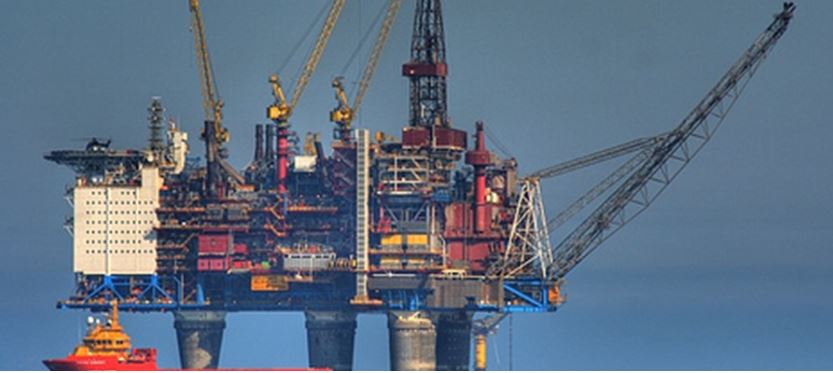 The main supplier agreement lasts for six years, with a four-year option for extension. It covers the following licences and installations:
The main supplier agreement lasts for six years, with a four-year option for extension. It covers the following licences and installations: 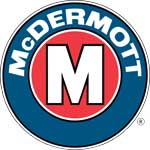
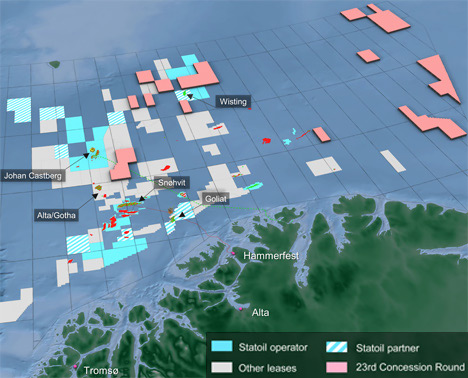 Statoil
Statoil With the exploitation of new cost-effective operational concepts, use of digital technologies and increased dependence on cyber structures, the oil and gas industry is exposed to new sets of vulnerabilities and threats. Cyber-attacks have grown in stature and sophistication, making them more difficult to detect and defend against, and costing companies increasing sums of money to recover from.
With the exploitation of new cost-effective operational concepts, use of digital technologies and increased dependence on cyber structures, the oil and gas industry is exposed to new sets of vulnerabilities and threats. Cyber-attacks have grown in stature and sophistication, making them more difficult to detect and defend against, and costing companies increasing sums of money to recover from.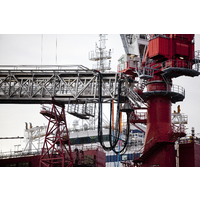 DNV GL
DNV GL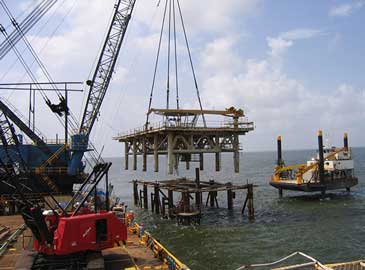 The Bureau of Safety and Environmental Enforcement (BSEE) has announced that offshore oil and gas lessees and owners of operating rights are now required to submit summaries of their actual expenditures for the decommissioning of wells, platforms and other facilities on the Outer Continental Shelf (OCS) as part of the final Decommissioning Costs Rule.
The Bureau of Safety and Environmental Enforcement (BSEE) has announced that offshore oil and gas lessees and owners of operating rights are now required to submit summaries of their actual expenditures for the decommissioning of wells, platforms and other facilities on the Outer Continental Shelf (OCS) as part of the final Decommissioning Costs Rule. Leading classification society
Leading classification society 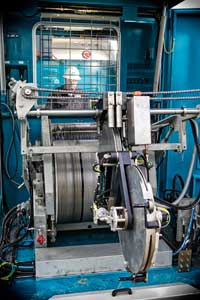 International oilfield services company,
International oilfield services company,  Anadarko Petroleum Corporation
Anadarko Petroleum Corporation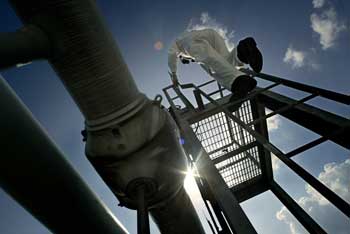 Pipeline development projects are becoming increasingly complex, spanning longer and deeper terrains. Pipelines must operate at higher pressures and temperatures, in harsher environments and to stricter regulatory requirements. Projects must also be feasible in a cost-constrained market. DNV GL is inviting industry players to take part in two Joint Industry Projects (JIP) to help the industry work more efficiently while maintaining safety.
Pipeline development projects are becoming increasingly complex, spanning longer and deeper terrains. Pipelines must operate at higher pressures and temperatures, in harsher environments and to stricter regulatory requirements. Projects must also be feasible in a cost-constrained market. DNV GL is inviting industry players to take part in two Joint Industry Projects (JIP) to help the industry work more efficiently while maintaining safety.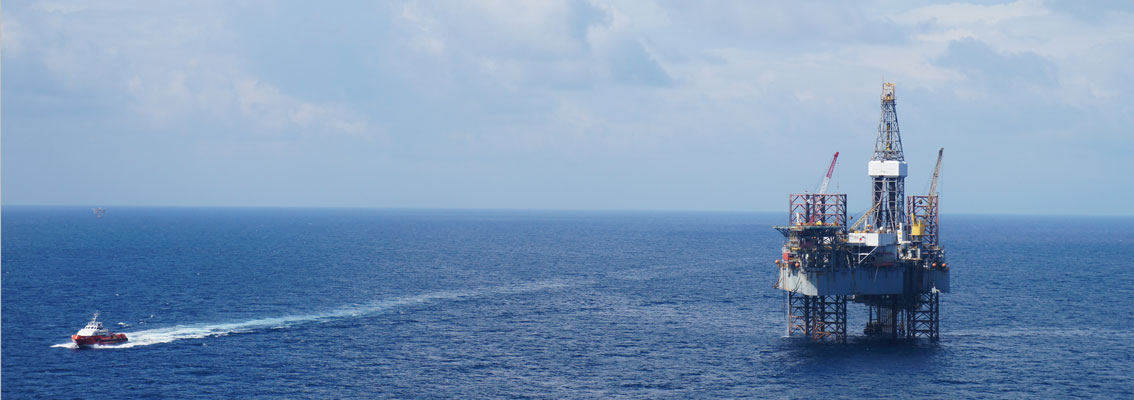 By Julia Schweitzer
By Julia Schweitzer
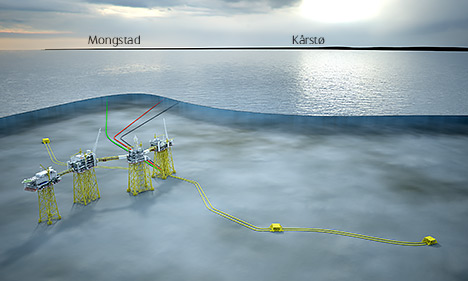 Statoil
Statoil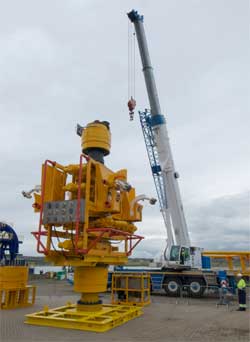 Freddy Gebhardt, Wild Well (left) and Mike Munro, NorSea Group (UK Wild Well Control’s WellCONTAINED System
Freddy Gebhardt, Wild Well (left) and Mike Munro, NorSea Group (UK Wild Well Control’s WellCONTAINED System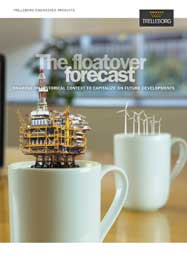 With the oil and gas industry forced to work harder to extract oil around the globe and an increasing reliance on reserves in difficult to reach locations, the resurgence in floatover installation practices continues. In its new whitepaper, The Floatover Forecast, Trelleborg’s engineered products operation recounts the lessons learned, changes in technologies and materials; as well as the trials and errors that have contributed to developments in the field.
With the oil and gas industry forced to work harder to extract oil around the globe and an increasing reliance on reserves in difficult to reach locations, the resurgence in floatover installation practices continues. In its new whitepaper, The Floatover Forecast, Trelleborg’s engineered products operation recounts the lessons learned, changes in technologies and materials; as well as the trials and errors that have contributed to developments in the field. Aker Solutions
Aker Solutions